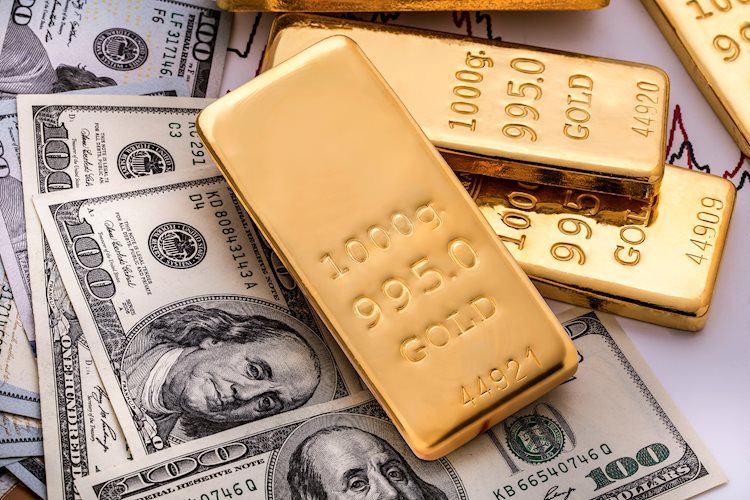The price of gold in the Philippines rose on Friday, reaching 5,159.55 Philippine Pesos (PHP) per gram, up from the previous day’s price of PHP 5,143.60. The price for a tola of gold also increased to PHP 60,179.59 from PHP 59,993.96. These prices are calculated by FXStreet, using international prices and adapting them to local currency and measurement units. The prices are updated daily based on market rates at the time of publication.
Gold has a long history of being used as a store of value and medium of exchange. It is also considered a safe-haven asset, making it a good investment during turbulent times. Central banks are the biggest holders of gold, using it to support their currencies and improve the strength of their economies. In 2022, central banks added 1,136 tonnes of gold worth around $70 billion to their reserves, the highest yearly purchase on record. Emerging economies such as China, India, and Turkey are quickly increasing their gold reserves.
Gold has an inverse correlation with the US Dollar and US Treasuries, major reserve and safe-haven assets. When the dollar depreciates, gold tends to rise, allowing investors and central banks to diversify their assets. The price of gold can be influenced by a variety of factors, including geopolitical instability and fears of a recession. As a yield-less asset, gold tends to rise with lower interest rates, while higher interest rates can weigh it down. However, the US Dollar’s behavior also plays a significant role, as gold is priced in dollars.
Overall, gold prices are influenced by a wide range of factors, including geopolitical tensions, economic indicators, and the behavior of the US Dollar. Central banks’ purchases of gold can also impact prices, as can changes in interest rates and inflation expectations. Despite its volatility, gold remains a popular investment choice for individuals and central banks seeking to diversify their portfolios and protect against economic uncertainty. As the global economy continues to face challenges, the demand for gold as a safe-haven asset is likely to remain strong. Whether prices will continue to rise in the Philippines and other markets will depend on a complex interplay of these and other factors.











